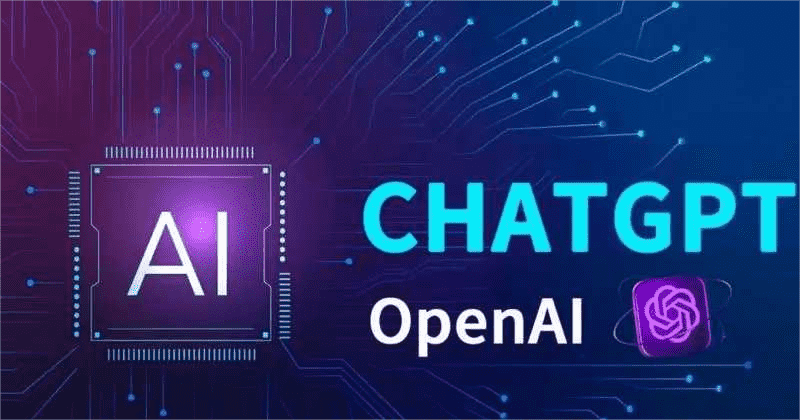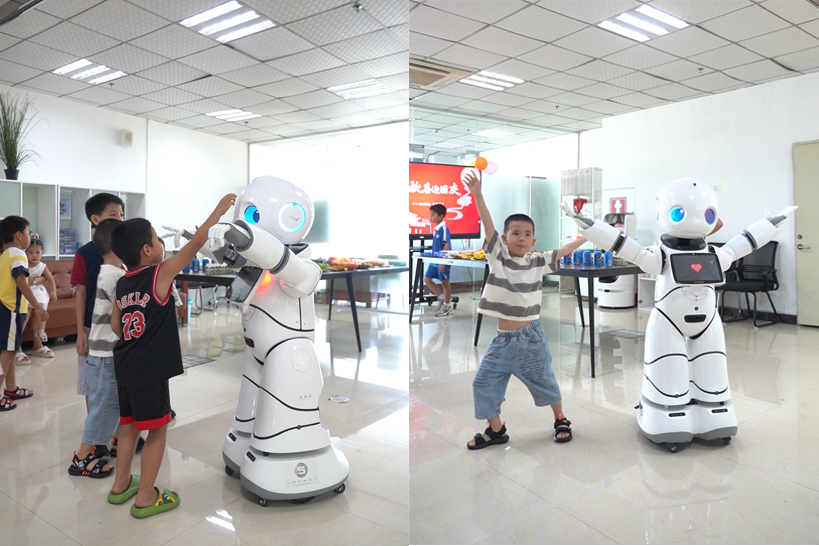Recently, OpenAI announced the release of its multimodal ChatGPT, which has garnered significant attention not only within the AI community but also in the broader robotics industry. This update signifies that robots can now interact with humans more naturally, encompassing text, images, and sound. Such a leap is undoubtedly transformative for the robotics sector.
OpenAI’s introduction of the multimodal ChatGPT has sent ripples throughout the AI community and has significantly impacted the robotics industry. This advancement means that robots are now poised to interact with humans in a more natural manner, not just through text but also through visual and auditory means, marking a monumental leap in the field.
Firstly, the introduction of multimodal interaction will greatly enhance the user-friendliness of robots. Traditional robot interactions have been primarily reliant on text or basic voice commands, which considerably limits their application scenarios and user demographics. For instance, visually impaired or elderly individuals might find it challenging to communicate with robots that only support text-based interactions. Now, with the ability to interact through images and sound, robots can more intuitively understand user needs, offering more personalized and precise services.
Secondly, multimodal interactions will vastly expand the application domains of robots. As demonstrated by OpenAI, users can photograph the contents of their refrigerator and have ChatGPT recommend recipes. This suggests that future domestic robots, by analyzing household items, can provide intimate lifestyle suggestions, from recipe recommendations to home decor tips. Moreover, travel robots, by analyzing photos of landmarks taken by users, can offer detailed travel guides and historical insights.
Furthermore, multimodal interactions will lead to higher learning efficiency for robots. Traditional robot learning has been heavily dependent on vast textual data, which inherently limits the speed and efficacy of their learning. Multimodal interactions, allowing robots to learn from text, images, and sound concurrently, will significantly boost their learning efficiency and accuracy.
However, multimodal interactions also present new challenges. Challenges such as ensuring the robot’s accurate understanding and analysis of multimodal data, safeguarding user privacy and data security, and preventing the misuse of robots for illicit or unethical purposes. These are issues the robotics industry must address as they embrace multimodal interactions.
In conclusion, the release of OpenAI’s multimodal ChatGPT undoubtedly presents both opportunities and challenges for the robotics industry. This technological stride will enable robots to interact more naturally with humans, offering more tailored and accurate services. Yet, it also introduces new technical and ethical challenges. It is hoped that as the robotics industry seizes these opportunities, they will also adeptly navigate the accompanying challenges, paving the way for a brighter future for humanity.
Please click on the link below to read more:
Shaquille O’Neal’s Passion For EdTech And Life-Changing Investments
Huawei And Torsda Join Forces To Deploy Delivery Robots On Production Lines
Innovative Technology: Reeman Spark UV Disinfection Robots Land In Africa For The First Time, Supporting Hospital Epidemic Prevention Efforts
Would you like to know more about robots:https://www.reemanrobot.com/
robot、robotics、reeman 、ai、delivery robot、autonomous delivery robot 、factory、handling、handling robot、agv robot、robot chassis、mobile robot、autonomous mobile robot、mobile robot chassis、agv、AMR 、AMR robot、logistics robot、handling robot、agv chassis、package delivery robot、factory delivery robot


























